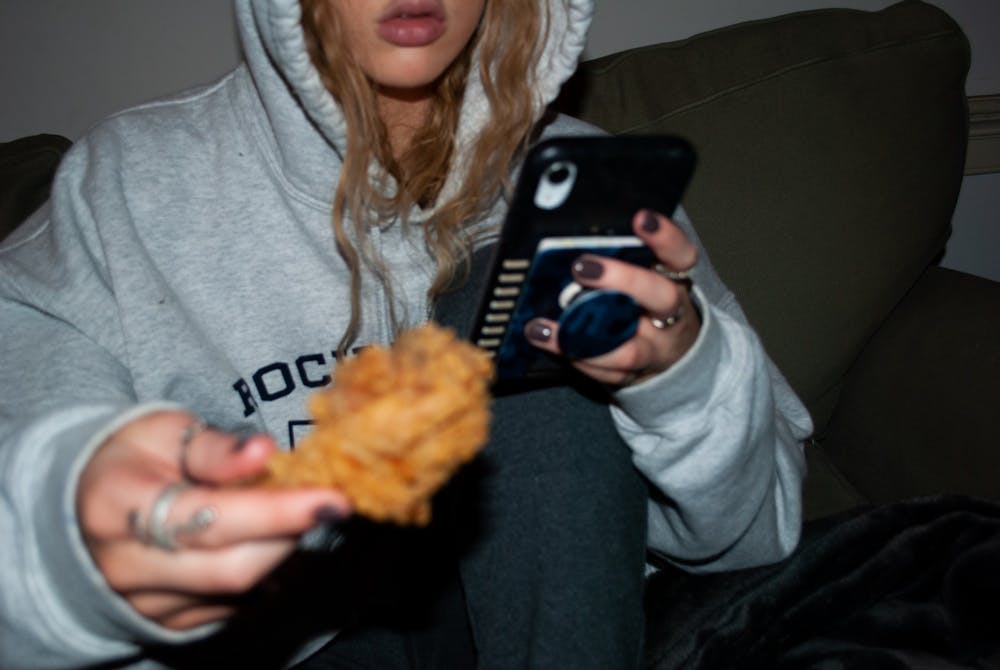This year has been marked by a global pandemic, widespread anxiety and international political tribalism — all amplified by social media. The latest addition to the collective angst is the viral spread of “bruh girls” and “hey girlies.”
The internet loves labels, and the “bruh girl” stamp has been applied to any female displaying tomboy mannerisms, low-maintenance appearances and either nonchalant or goofy attitudes. "Bruh girls" often describe themselves as being “one of the boys.”
Conversely, “hey girlies” are tagged for their traditional feminine traits, love of fashion and being more formal than “bruh girls.”
Like most social media trends, “bruh girls vs. hey girlies” relies on the weakest of actual facts and favors the strength of filters and poses. Creators publish videos that broadly, and arguably arbitrarily, define the two, leaving many viewers questioning which type of girl they are.
First-year Sneha Pasupula gave her interpretation of the trend.
“‘Hey girlies’ follow standard feminine roles. They might shop at Lululemon and they have very stereotypical traits,” Pasupula said. “They are usually heteronormative and cisgender. ‘Bruh girls’ can still be cisgender and gender-conforming, but there's a more confrontational side to them, whereas I feel like ‘hey girlies’ are more people-pleasing.”
Pasupula said singer Olivia O'Brien came to mind as an example of a “bruh girl” in mainstream media. She said Caitlin Covington, of “Christian Girl Autumn” fame, fits the “hey girly” description for her love of all things pumpkin spice, cute clothes and proclivity for leopard prints.
As an example of this dichotomy, a recent viral video depicted archetypes of “bruh girls” tossing about in a towed innertube while a “hey girly” serenely sunbathed in a super-cute swimsuit. The message was crystal clear: girls that act sporty are distinctly different than those who pose at golden hour.
The internet runs on judgment.



